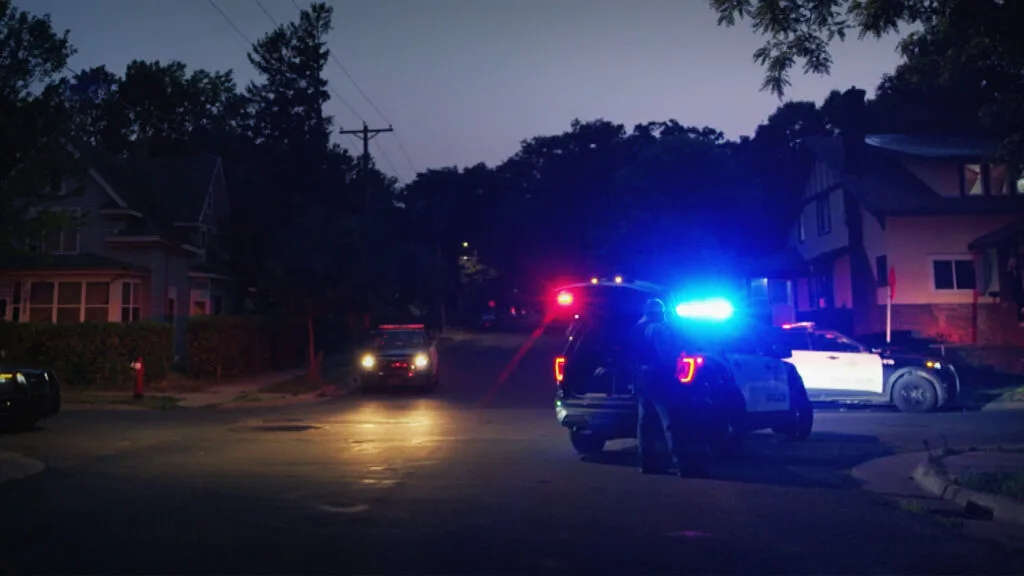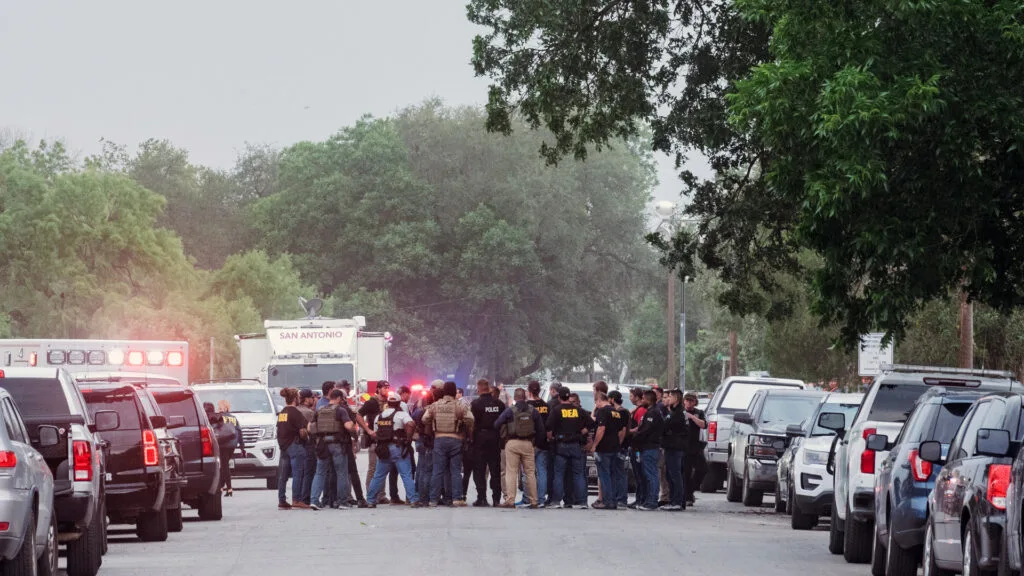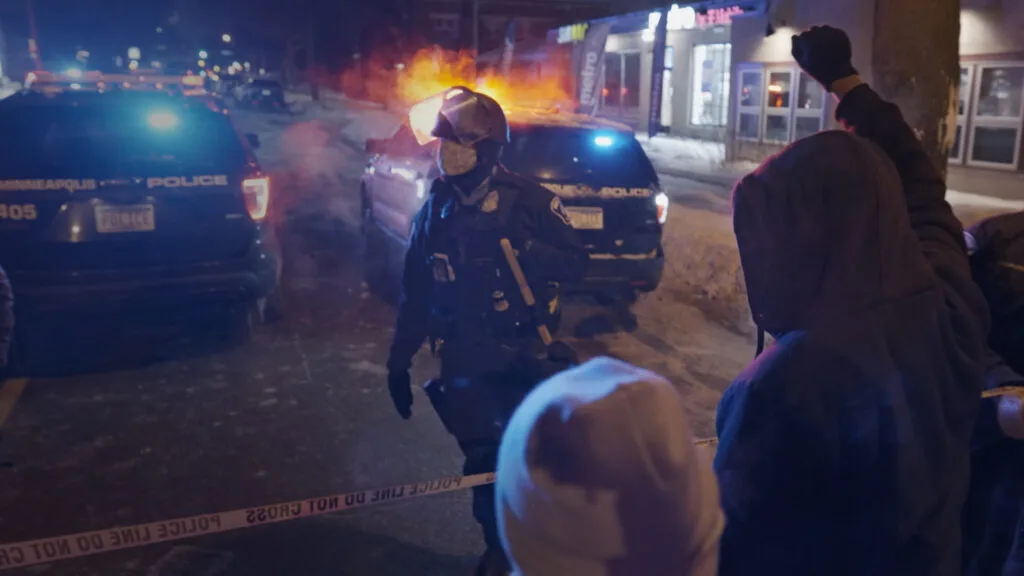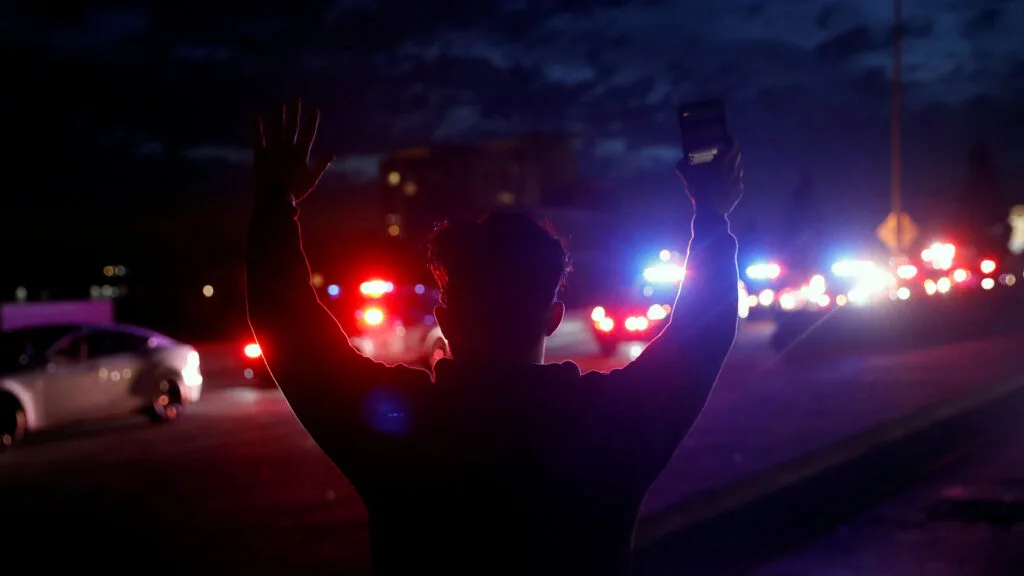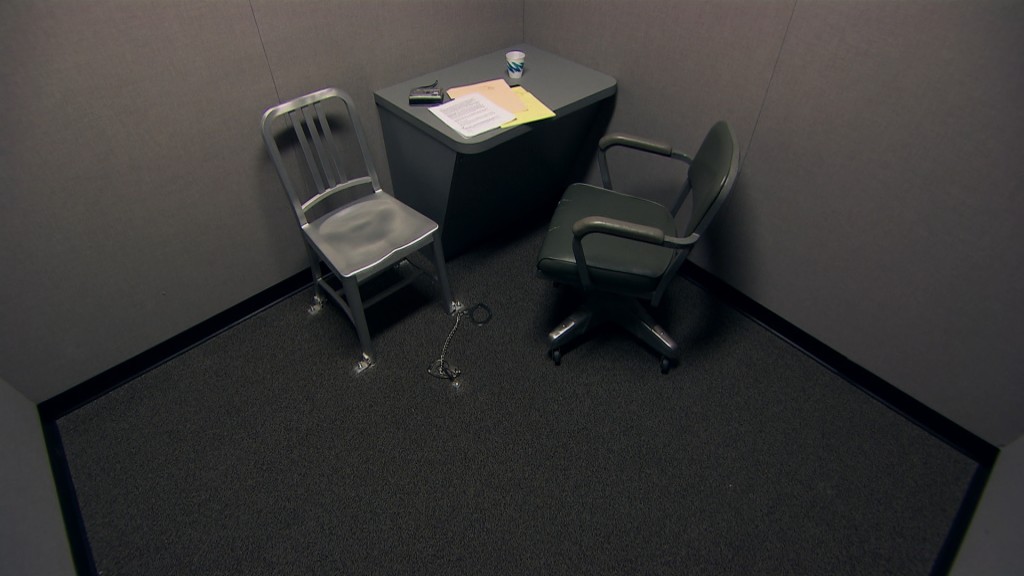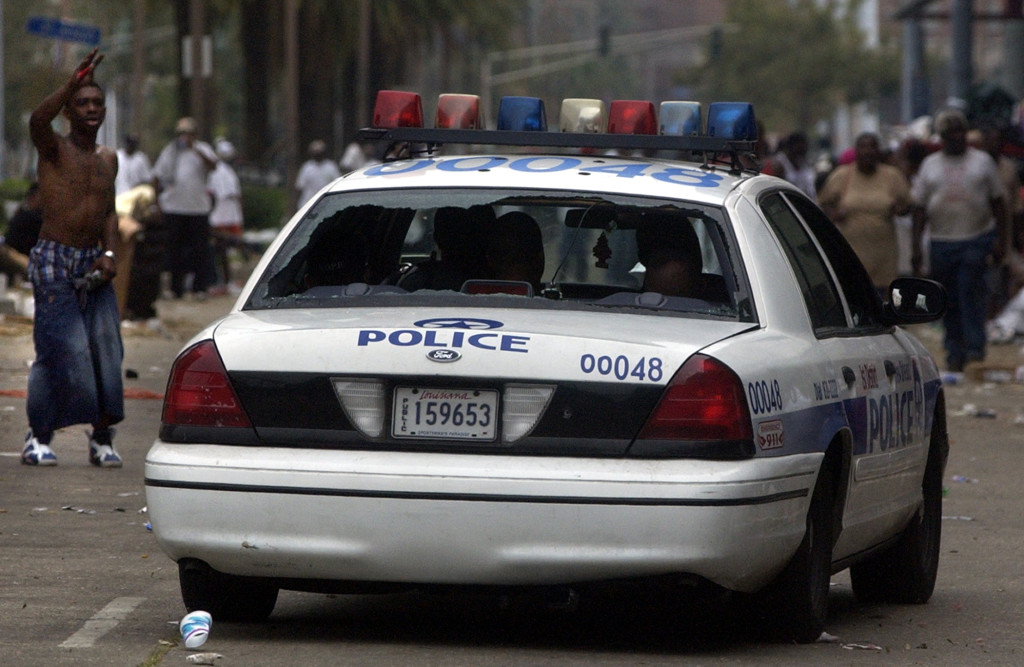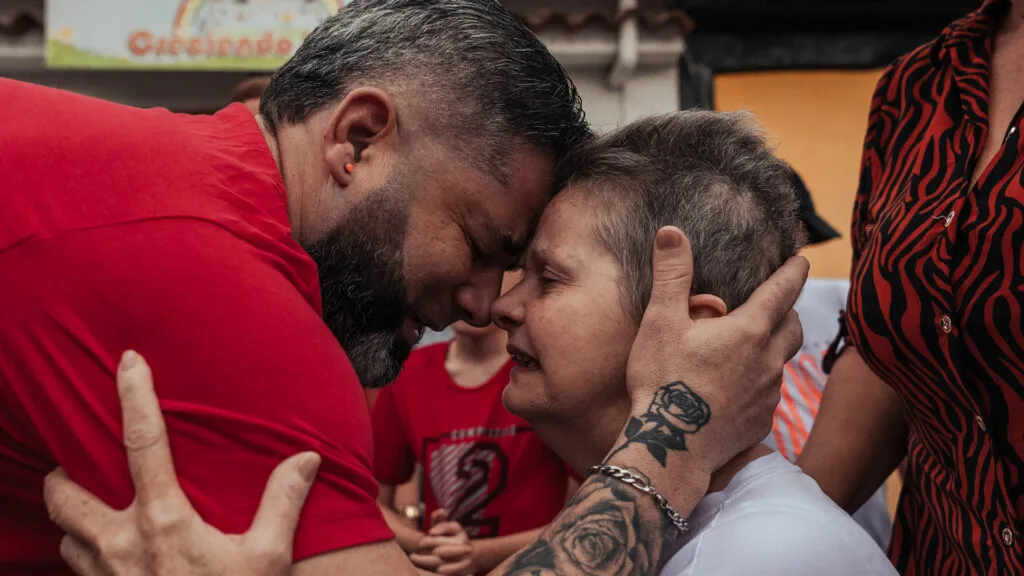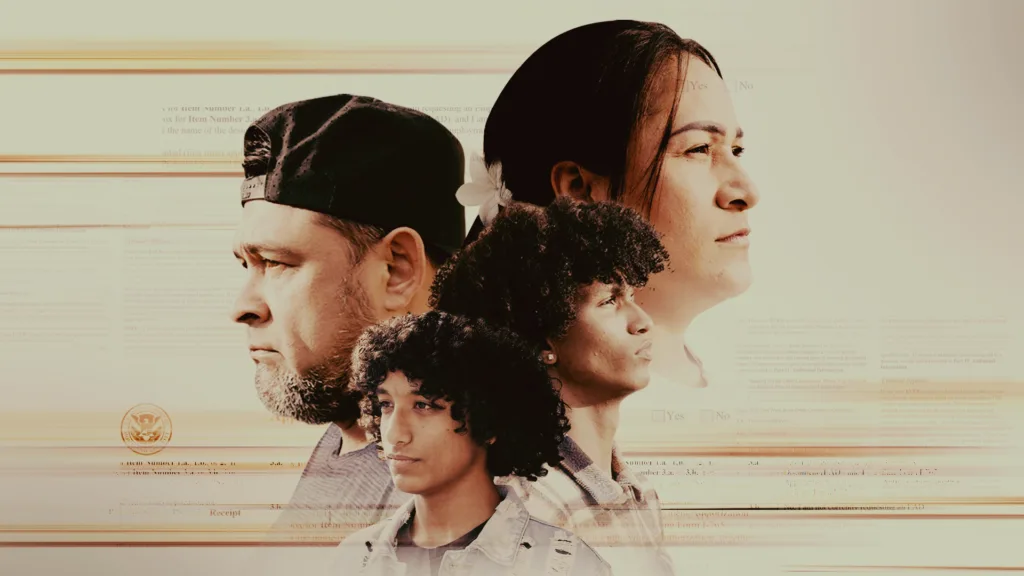Why the San Francisco Police Review Won’t Force Reform

February 2, 2016
Share
Federal officials have intervened in yet another police department in the wake of a controversial shooting death of a black man, Mario Woods, which has brought protesters to the streets and renewed calls for change.
But this time, in San Francisco, the police won’t be forced to reform. At least not for now.
When the Justice Department intervenes in police departments, it typically launches what it calls a pattern or practice investigation into civil-rights violations. Federal officials can then force agencies into agreements to reform. They’ve done this more than 30 times in the past two decades, most recently in Cleveland and Ferguson, Mo.
San Francisco’s investigation, which was announced on Monday, will be different. It falls under a separate Justice Department program launched in 2011 known as the Collaborative Reform Initiative. Like the pattern-or-practice investigations, federal officials review the police department’s policies and practices and make recommendations for reform.
But under the collaborative process, it will be up to city officials to decide how or whether those changes will be made. San Francisco will have no binding agreement, and unlike pattern or practice cases, federal officials won’t be able to sue the police if they don’t accept their recommendations.
The Justice Department said it opened the review at the request of San Francisco’s mayor, Edwin Lee, and Police Chief Greg Suhr.
“The Department of Justice will engage the police department, the Mayor’s office, and the communities they serve in a constructive assessment,” said Attorney General Loretta Lynch in announcing the review. “We are also committed to monitoring and assisting with the implementation of any reforms recommended by [federal investigators].”
Baltimore’s Failed Review Process
The reform process doesn’t preclude federal officials from opening a pattern-or-practice investigation later on, if they deem it necessary, as they did in Baltimore last year.
In October 2014, the Justice Department began a review of the Baltimore police department amid residents’ complaints of police misconduct. But then in April 2015, after Freddie Gray, a 25-year-old African-American man, died in police custody, federal officials decided to open a pattern-or-practice investigation.
In explaining the decision at the time, Lynch told reporters that the collaborative review process needed support from the police and city officials, but also local residents. Community trust in the police had been “severed” in Baltimore, she said, and the issues facing the police department were “much more serious, and they were much more intense” than when the review process began.
Lynch said that federal officials would seek a court-enforceable agreement in Baltimore. The investigation there is still ongoing.
Does Collaborative Reform Work? The Justice Department has had the ability to investigate departments since 1994, but the collaborative reform initiative only started in 2011. Just one department, the Las Vegas Metropolitan police, has completed the process so far, and data there suggests some progress.
In Las Vegas, federal officials were asked by police to review officers’ use of force after a 2011 series in the Las Vegas Review Journal investigating 20 years of officer-involved shootings. The paper found that several of the shootings could have been avoided, and raised questions about the police department’s internal accountability mechanisms.
By 2014, the Las Vegas police had implemented significant reforms, including updating its use of force policy, improving how incidents are reviewed and documented, and training officers on racial bias. The city adopted body cameras and introduced a more transparent investigative process for officer-involved shootings.
The Justice Department found that officer-involved shootings declined, from 25 in 2010 to 13 in 2013.
The Justice Department is currently working with seven other departments, in Milwaukee; Philadelphia; Spokane, Wash.; St. Louis County, Mo.; Salinas, Calif.; Calexico, Calif.; and Fayetteville, N.C.
In San Francisco, the Justice Department said it would issue a public report once it finishes its review, and then track progress over 18 months.
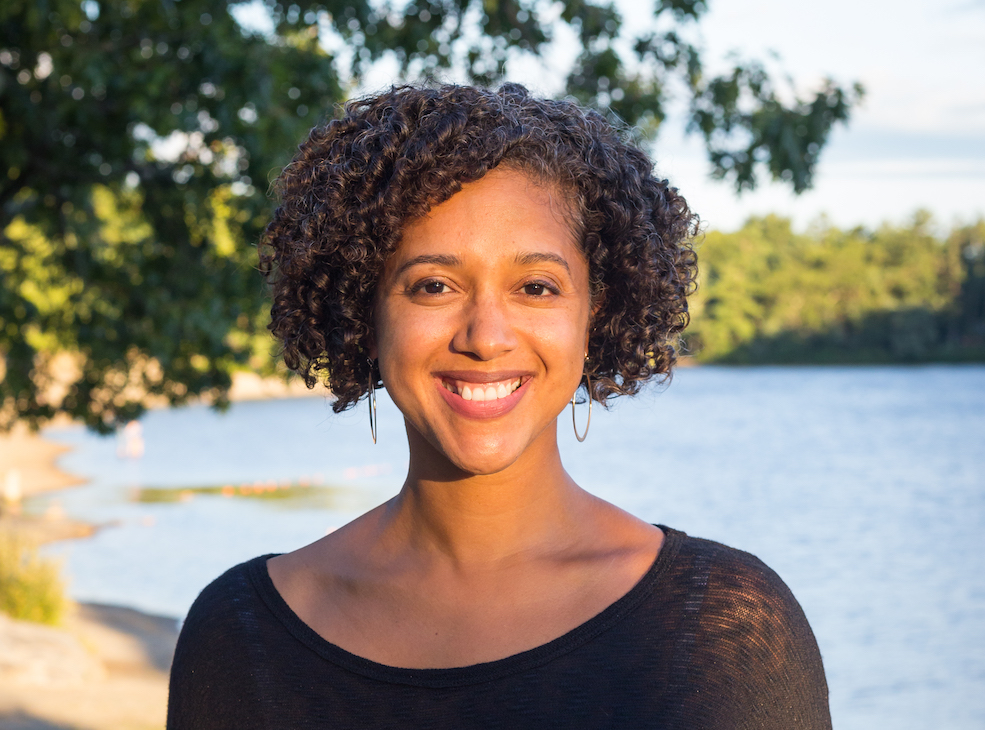
Related Documentaries
Latest Documentaries
Related Stories
Related Stories
Explore
Policies
Teacher Center
Funding for FRONTLINE is provided through the support of PBS viewers and by the Corporation for Public Broadcasting, with major support from Ford Foundation. Additional funding is provided the Abrams Foundation, Park Foundation, John D. and Catherine T. MacArthur Foundation, Heising-Simons Foundation, and the FRONTLINE Trust, with major support from Jon and Jo Ann Hagler on behalf of the Jon L. Hagler Foundation, and additional support from Koo and Patricia Yuen. FRONTLINE is a registered trademark of WGBH Educational Foundation. Web Site Copyright ©1995-2025 WGBH Educational Foundation. PBS is a 501(c)(3) not-for-profit organization.
